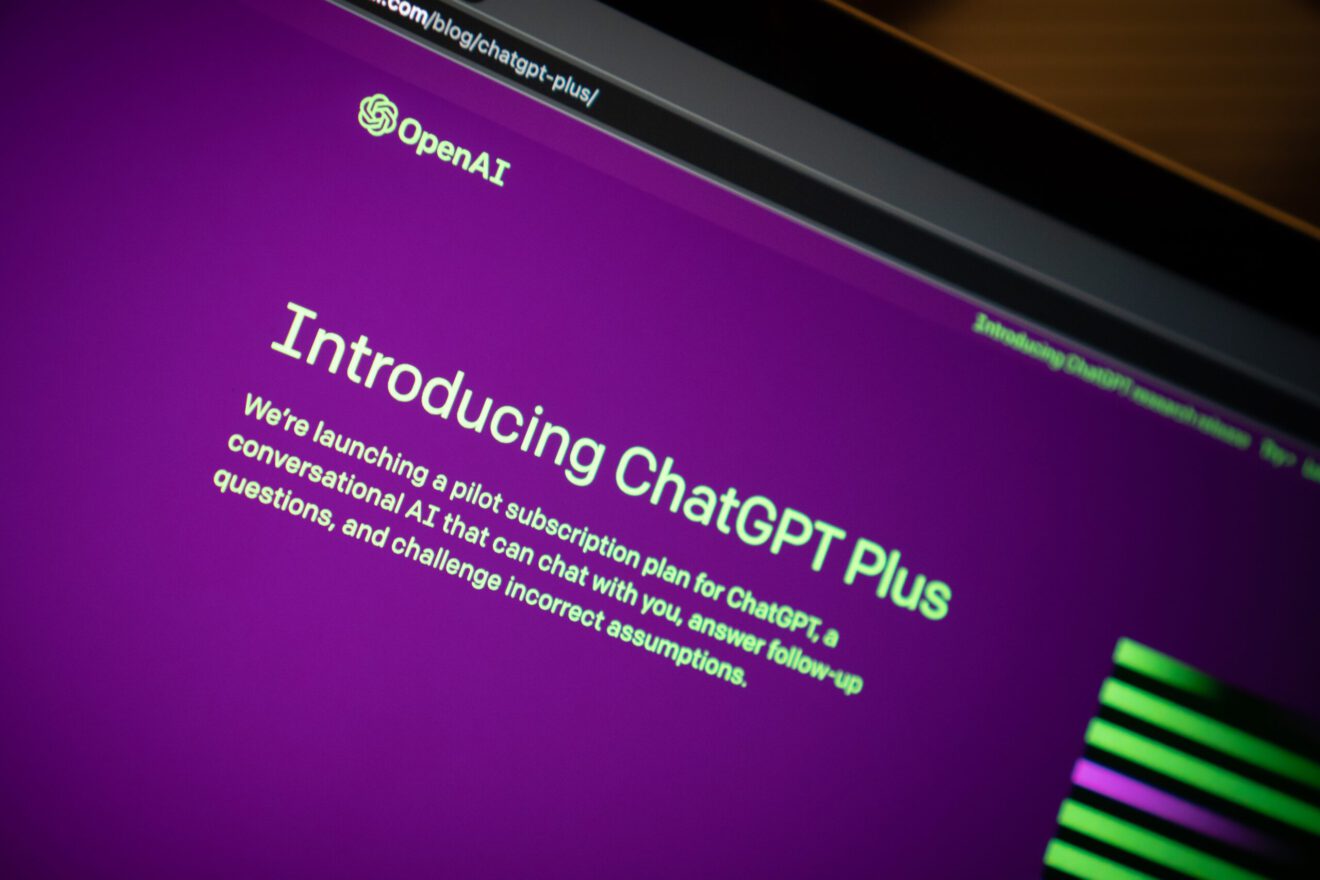One of the great ironies about the attention given to artificial intelligence apps is that we forget how much AI has been embedded already, going back over 30 years. That’s right: We were using AI devices in the era of neon colors of the 1980s. This was in the form of rudimentary automobile GPS navigation systems. GPS connects to a sophisticated network of satellites to ensure we get to where we want to go.

I recall opening up a map that I could never properly fold up, and using longitude and latitude to orient myself. Those of a certain age who belonged to the American Automobile Association may remember the turn-by-turn maps available for trips.
Then came the first GPS navigation system for cars, the Etak Navigator, released in 1985. A few murmurs abounded about not knowing how to read maps anymore; these quickly dissipated when everyone realized how efficient GPS was for travel.
AI isn’t the dilemma; cheaters are
The same is true for AI: There are answers to the concerns about plagiarism by students, along with a reality check about cheating. Students who cheat, like adults, have done so for as long as accountability standards have existed. Teaching moral and ethical boundaries will persuade some students not to cheat.
Sharing with students that schools have tools to identify cheating decreases the likelihood some will. Additionally, most who cheat may get away with it for a while but eventually will get caught, and the consequences can be massive. Following is a story that reflects how to convey that counterbalance.
When I was an assistant principal 20 years ago, my school was facing real problems with students prank calling others and using offensive language, even threats. At the time, it seemed like an ominous and monumental threat. This was also pre-social media, when most administrators never had to manage the challenges of outside digital communications and, therefore, had no idea where to start. I took a risk that paid off.
Knowing who some of the likely offenders were yet unable to prove it, I certainly expected denials. I had to think quickly on my feet. I called the prime suspects into my office, and asked them if they knew what a voiceprint was? They said no, and I explained that it mirrors the accuracy of a human fingerprint. A person’s voice could be identified, based on computer software we had at the school, so I sure hoped they didn’t have anything to worry about.
Prank calling vanished at that moment. Guess what? I didn’t know if a voiceprint existed back then, and we certainly didn’t have some special computer program to find the culprits. It may have existed in a military lab somewhere, but not in my modestly funded school. It didn’t matter; the word got out about Gaskell’s voiceprint, and a problem in the community disappeared.
Tech to help you spot AI cheating
Recently, a Princeton college student was among the first to deploy a freeware tool for educators to identify whether students were plagiarizing their written work, and more such tools are coming. Does it work? Possibly, but I am not sure it matters.
Explain to students the benefits of AI, the moral and ethical AI dilemmas and how programs exist to identify plagiarized work. That should act as a deterrent. For those who want to cheat anyway, they are going to find a way, no matter what. Don’t reveal the AI identification tools you’re using, because students most certainly will test-drive them. Instead, just let them know you can and will.
Make AI work for you in the classroom
AI is here to stay. Why not embrace some of the great tools in classrooms with benefits instead of AI dilemmas? Here are three terrific AI resources teachers can use tomorrow to enrich their educational experience with students.
- The Talk To Books website from Google is both fun and interesting, and it lets you use natural language to ask a question, and artificial intelligence “answers” it. It has research benefits for students and teachers.
- For those of us who researched using card catalogs, or even a current Google scholar search, the Consensus AI app takes it up a notch. This new, online tool uses AI to analyze your research question and explore 200 million peer-reviewed articles to find the answer.
- You.com’s YouChat allows users to ask general questions, explain things, suggest ideas, translate text, summarize text and compose emails. It stays up-to-date with the news, cites sources in its responses and even offers a text-to-image generator within its platform. The website gives users more control and productivity over their search experience.
Many more tools like these exist and continue to pop up. I wanted to share free resources that only require a single Google sign in rather than freemium and subscription models. For almost every cost-based tool, you can find some free competitors. Try them out, and keep your voiceprint logic of always letting kids think you know more than you do help guide them to make ethical choices.
Michael Gaskell, Ed.D., is the author of a new book, “Radical Principals,” and a veteran principal in New Jersey working at Hammarskjold Upper Elementary School in East Brunswick.
Opinions expressed by SmartBrief contributors are their own.
_________________________
Subscribe to SmartBrief’s FREE email newsletter to see the latest hot topics on EdTech. It’s among SmartBrief’s more than 250 industry-focused newsletters.
